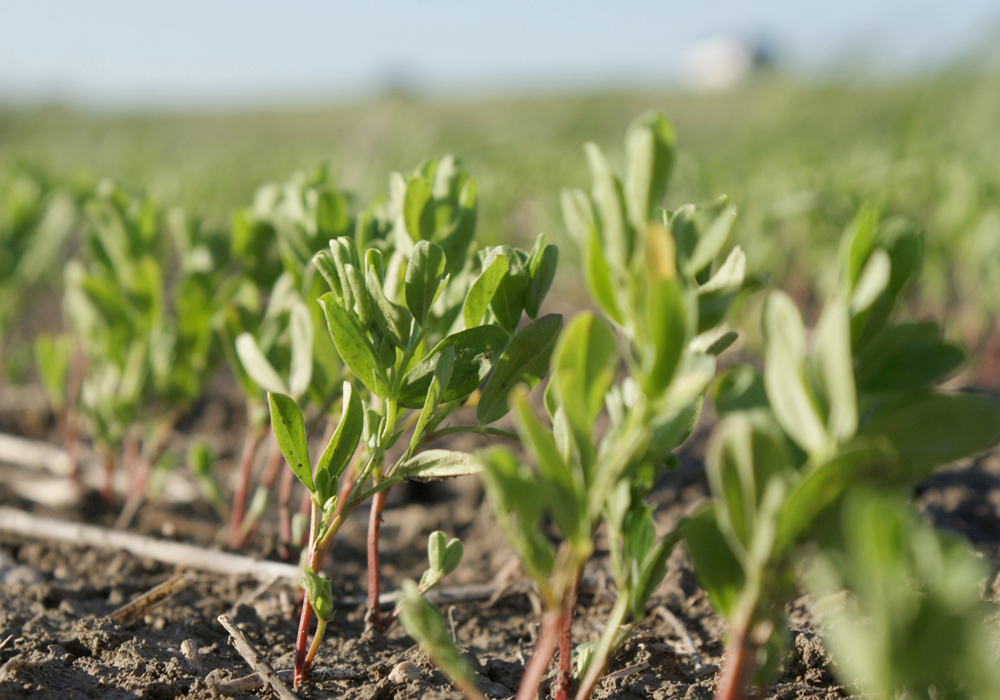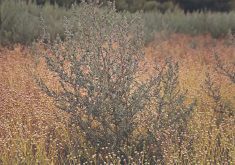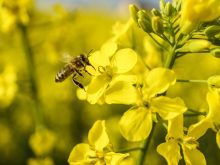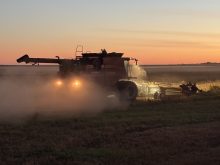Harvest is barely complete and marketing campaigns are already underway to sell new and improved seed varieties for next year.
Sales pitches naturally tend to emphasize positive varietal traits, while sometimes missing practicality and marketability.
Saskatchewan Pulse Growers is promoting new varieties of lentils, field peas, chickpeas and fababeans. In many cases, producers have clung to old varieties when newer offerings have better yields and other proven advantages. However, the information on yield, maturity rating and disease resistance doesn’t always tell the full story.
Read Also

Farmer ownership cannot be seen as a guarantee for success
It’s a powerful movement when people band together to form co-ops and credit unions, but member ownership is no guarantee of success.
In large green lentils, producers are being urged to consider CDC Grimm and CDC Lima as replacements for the CDC Greenstar variety that’s been around for a number of years. CDC Grimm is being promoted as the highest yielding large green Clearfield variety in the south with CDC Lima holding the same distinction for the north.
That’s a bit misleading. With so much Group 2 herbicide resistance in weeds, producers have turned to other chemistries, thereby reducing the value of the Clearfield trait.
There are also potential residue carryover issues to consider. CDC Greenstar does not have the Clearfield trait, but yield statistics show it’s still the highest yielding large green lentil variety in the south, where most of that class of lentil is grown.
In kabuli chickpeas, Sask Pulse is pushing new varieties such as CDC Lancer and CDC Orkney as a replacement for CDC Leader. The newer varieties have tolerance to Solo ADV (imazamox), but as explained above, many producers won’t see that as an advantage.
The new varieties also show a small yield advantage, but it is offset by their smaller seed size. Many buyers want eight- and nine-millimetre seed and cut their price on samples with too much seven mm.
Another newer chickpea variety, CDC Pasqua, has larger seed size but a significantly lower yield in the brown soil zone.
Specialty pea varieties are an interesting case. In the 2024 Saskatchewan Seed Guide, the maple pea variety CDC Blazer shows yield performance of 101 per cent of the check variety. Another older variety, CDC Mosaic, shows a yield of only 81 per cent of the check.
What the seed guide doesn’t show is the difference in marketability. CDC Mosaic has a slightly smaller seed and, in this case, the smaller size is preferred by the Chinese market. It can be more difficult to find a buyer for CDC Blazer, and when you do find a buyer, the price is often a dollar or two per bushel lower.
You’d think the yield advantage with CDC Blazer might compensate for the lower price. That certainly wasn’t my experience this year. With the varieties side by side, CDC Blazer matured much earlier but did not seem to have any yield advantage.
Yield differences of five or even 10 per cent are typically difficult to differentiate on a field scale, but you’d think a 20 per cent yield difference would be noticeable. I’ve always put faith in the official statistics garnered from many site years, but my confidence was shaken a bit by what I saw this year.
An even older maple pea variety called Acer is still grown by some producers. It can lodge badly under good growing conditions, but it’s an even smaller seed and sometimes commands a significant price premium. This old variety doesn’t appear in the seed guide anymore.
When picking crop varieties, it’s good to consider all the angles.
Kevin Hursh is an agricultural journalist, consultant and farmer. He can be reached by e-mail at kevin@hursh.ca.
















